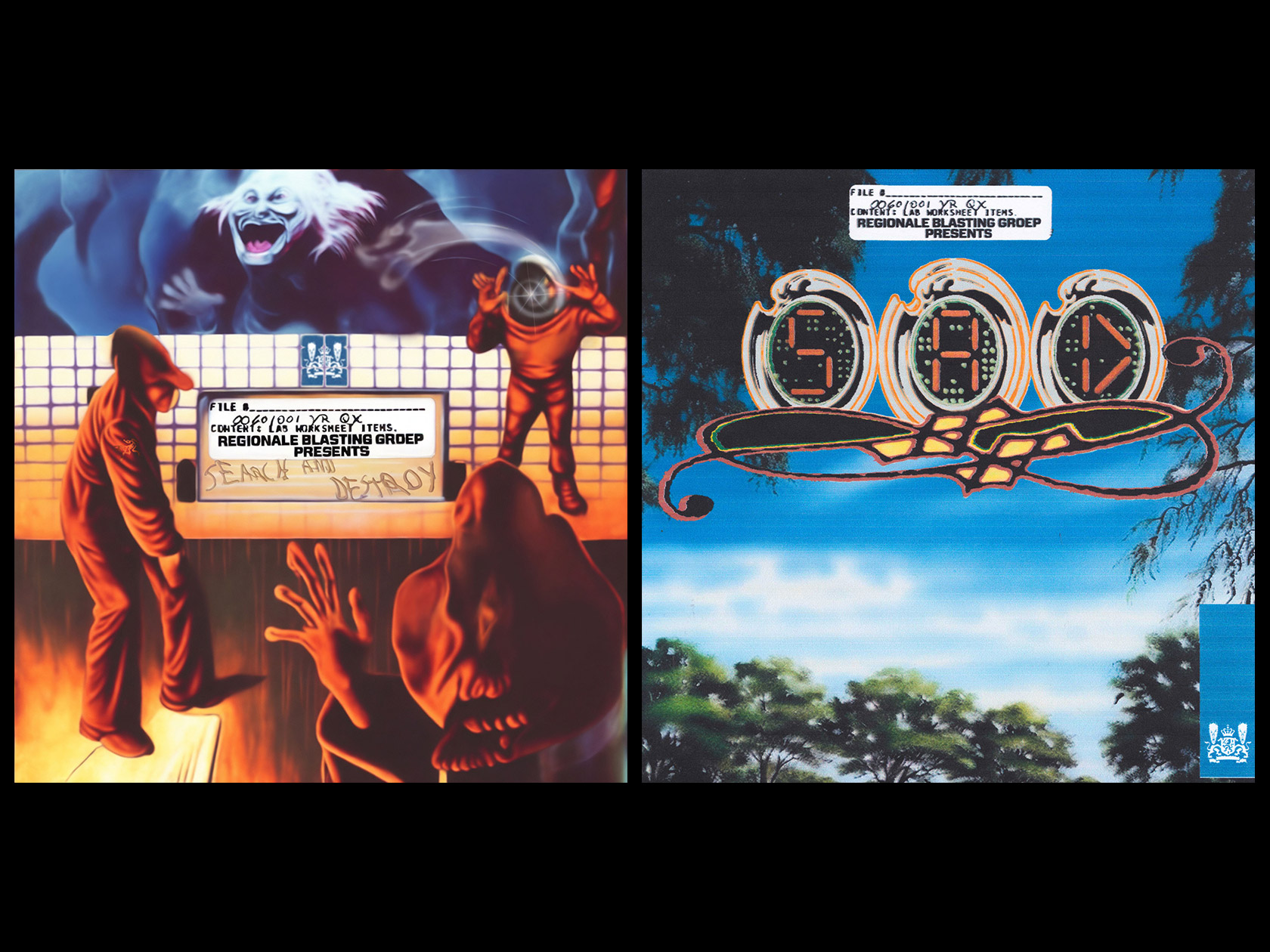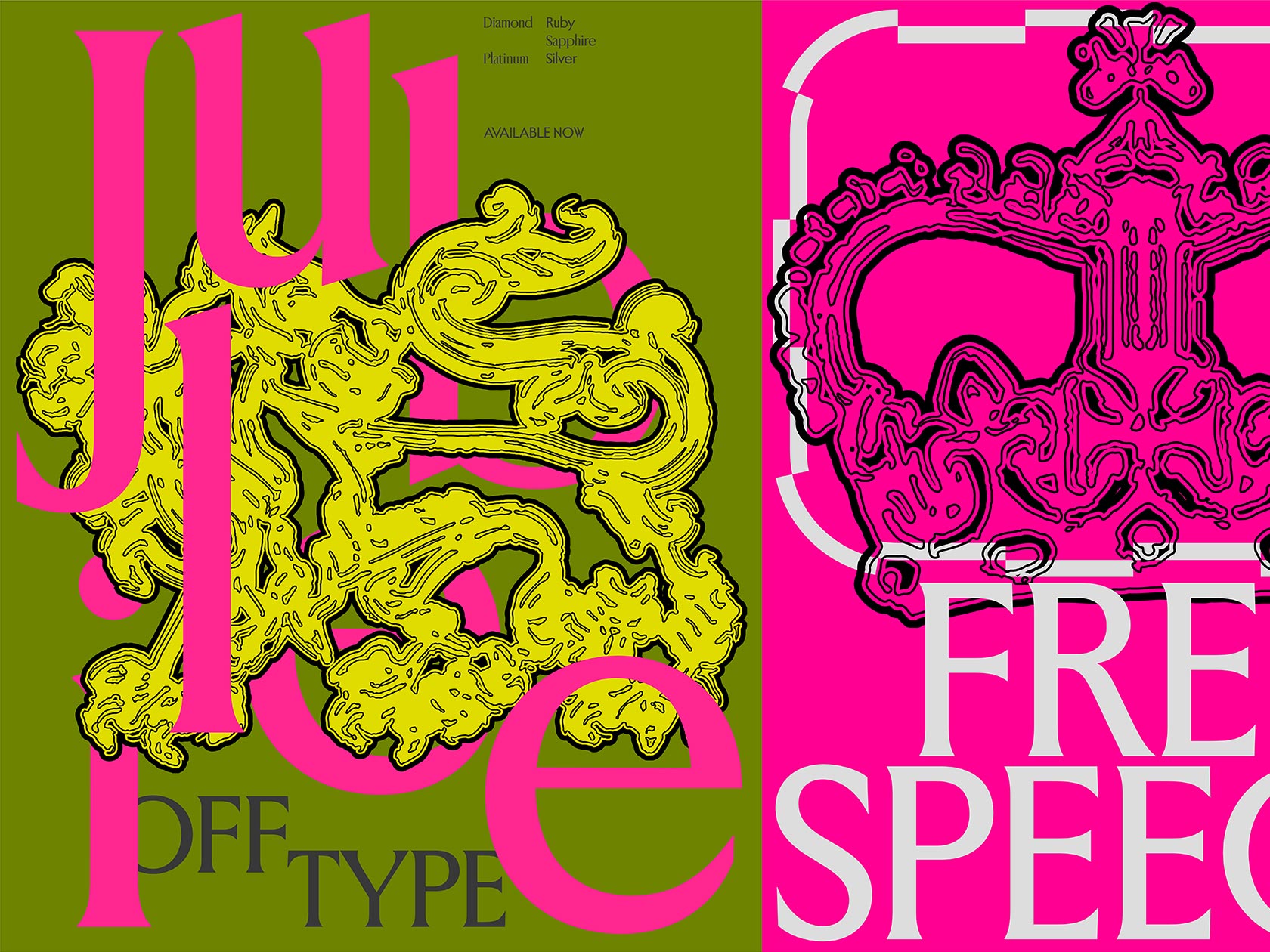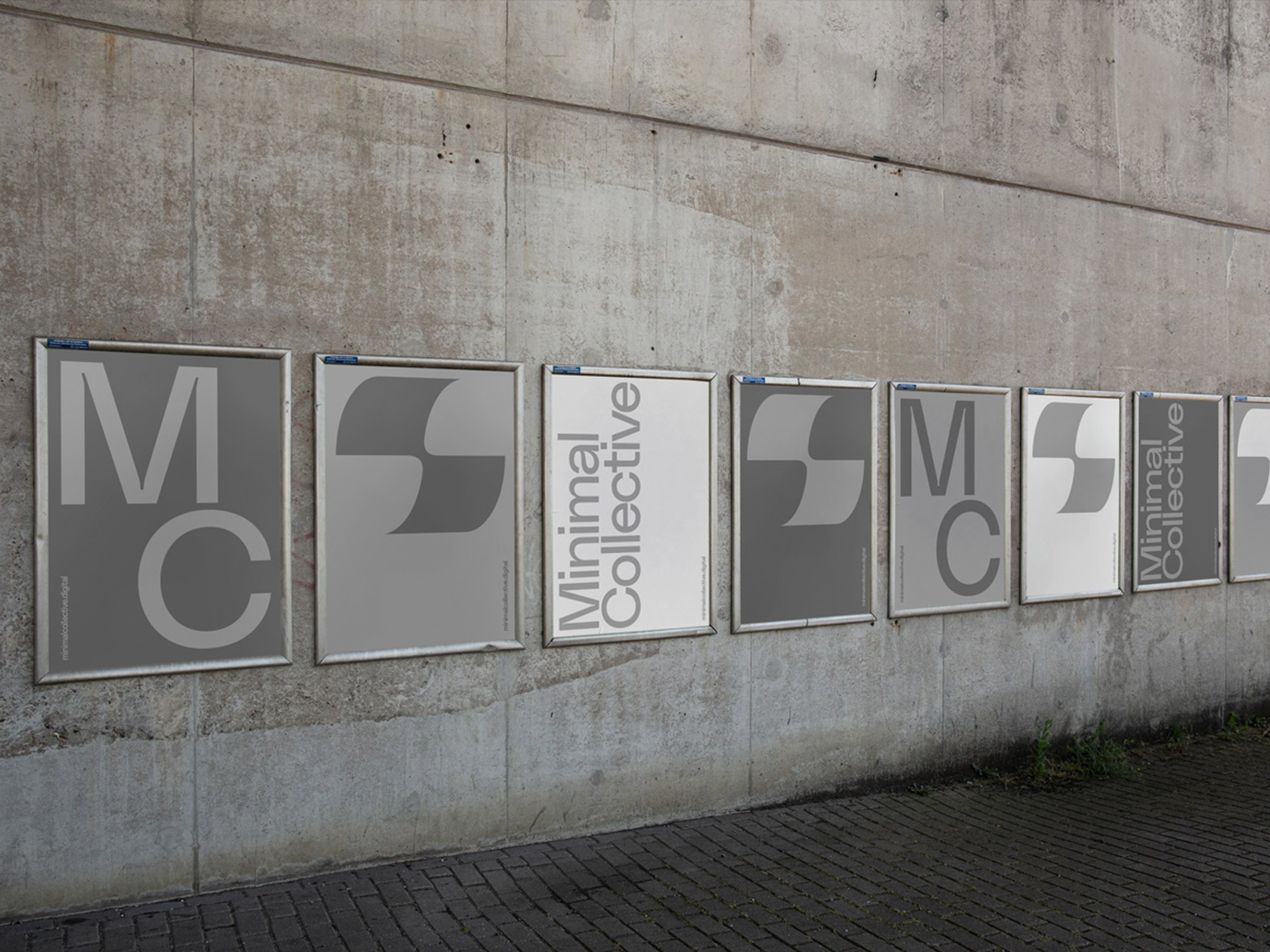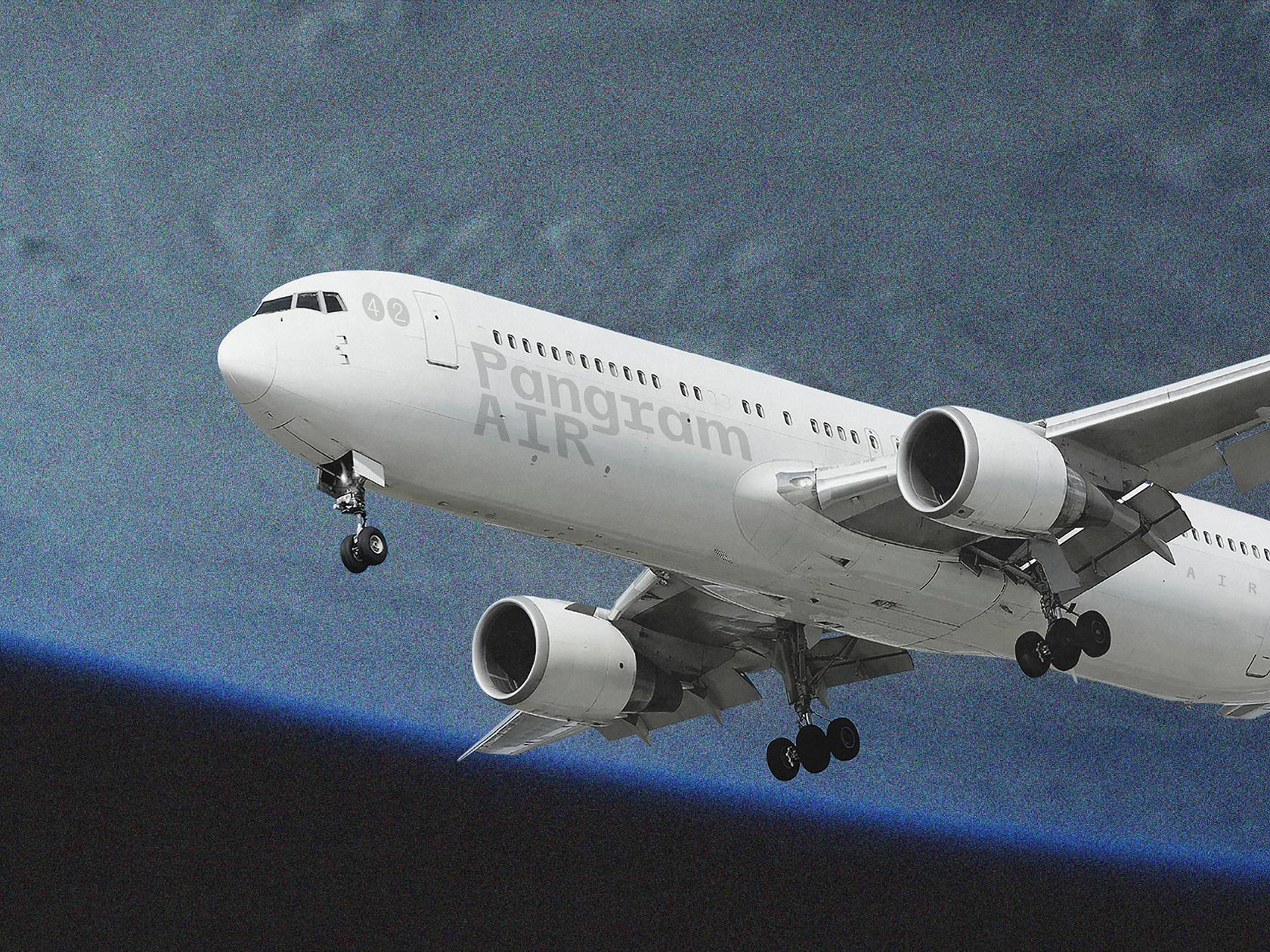Despite the difficulties we are facing those days, many, many interesting and extraordinary projects are popping up. While some of them are inspired by present events, some of them may have never existed without these challenges in the first place. One of those projects is the digital magazine “Rife”, which essentially works like an “incubator” of discourse, reflections, ideas and experimentation. Founded by the Lisbon based collective “Hiatus”, the magazine emerged as a response to the pandemic condition and its global effects on the individual, social, political and cultural levels. “The idea behind its conception was to create a space of creative freedom to share ideas and help us overcome the frustration through writing or the creation of these sort of mini-projects as articles which rely more on the visuals”, the collective tells Collide24. Hiatus has released three digital issues so far, featuring articles by the members of the collective, as well as contributions by guest authors.

Understanding design as a quintessentially critical discipline, the members of Hiatus – Nádia Alexandre, Sofia Cavaquinho, Mariana Cordeiro, Beatriz Pinta and Manuel Silva – aimed at touching upon different dimensions of their new shared reality through the perspective of design, immersing themselves in constant analysis and constructive criticism. Throughout the production of the magazine, they all tried to work around themes outside of their design bubble, reaching out to other areas of knowledge and references to widen the discourse of design and assert its relevance in a larger conversation. The first issue thus deals with what constitutes the “inner” state, departing from what it is to be inside, indoors and isolated with one self. Writing from their very own perspective, the collective gives an insight into their personal experience during times of self-isolation and touches on topics like procrastination and productivity, but also on sensitive matters, like their emotions during the pandemic and its psychological effects. In the second issue, their approach gets more methodological and futuristic. In trying to analyze the current state of the pandemic and its imposing limitations on the triviality of daily routines, the magazine raises questions about alternative futures and explores the box of possibilities.


As designers themselves, the collective clearly sees the necessity to take responsibility that goes “beyond flooding the internet with posters about the washing of the hands”. In order to provoke discussions, the third and most recent issue is thus dedicated to the realm of design, questioning how their practice is going to be affected in the upcoming period and whether their roles as designers will be changed. “The harsher side of this virus for the design world is probably that it has really highlighted the precarity of our industry … And faced with an economic recession, the rate of unemployment is probably going to get really scary”, the designers tell us, “However, this same recession is very likely to slow down the accelerated consumerism we’re used to, unavoidably affecting mainstream/commercial design practices. This might bring an opportunity to redefine and rethink systems and structures within society, reflecting on what can be changed in the industry for it to be more sustainable. The message we want to spread with this project is probably that design can and should go beyond its own discipline. We want to show that there is room for design to experiment outside the common areas of commerce and culture.”
Apart from their thoughtful theoretical and philosophical contributions, the contemporary design of the magazine makes it also visually appealing, inviting the reader to delve into the articles and get lost in thoughts about our present, in hyper-realities and alternate universes. By changing the logo of the magazine with each issue, the designers aimed at reflecting the experimental character of the platform. “Since there are very different graphic inclinations within the collective, we knew it would be a good recipe to have a mutable identity, reflecting the character of each issue, and a different designer each time”, they explain.

By deciding on a digital platform instead of a printed issue of the magazine, the collective adapts to the restrictions of the pandemic and explores the potential of digital publishing. “Our society is more than ever shaped by the digital and what we’re living today in terms of the pandemic has accentuated this necessity. And this isn’t necessarily bad, digital publishing is a great tool, especially in terms of accessibility”, they conclude, “Designers need to begin to think in some sort of hybrid way between print and digital. It’s not a question of print or digital anymore, but rather a sort of co-dependence between them. And we have to work towards finding interesting forms of hybridness. Nonetheless, we’re all still huge book/magazine rats, so creating a digital magazine is an interesting experience. In the same way we geek out about the beauty of printed matter, we’re currently working on bringing that excitement back to the digital medium and realizing the potential of digital publishing.”
Before founding the collective, the five designers met during their studies at the Faculty of Fine-Arts in Lisbon while also side-hustling as freelancers. Despite sharing their critical and precise nature, they all come from totally different background: While Nádia’s work is usually tied to the cultural area and heavily influenced by music, Manuel is particularly focused on the digital, not only as a medium but also a thematic ground for his creations. Mariana’s approach is more related to science phenomena which stem from her interest in documentary, journalism and photography. Sofia is notably moved by experimentation, the uncanny, esotericism and internet culture, drawing her aesthetics from video-games, PC Music, and diagrammatic graphics like cartography and maps. And last, but not least, Beatriz studied Political Economy and Economics for years before turning to graphic design, inevitably prompting a political and philosophical vein in her approach and her work.
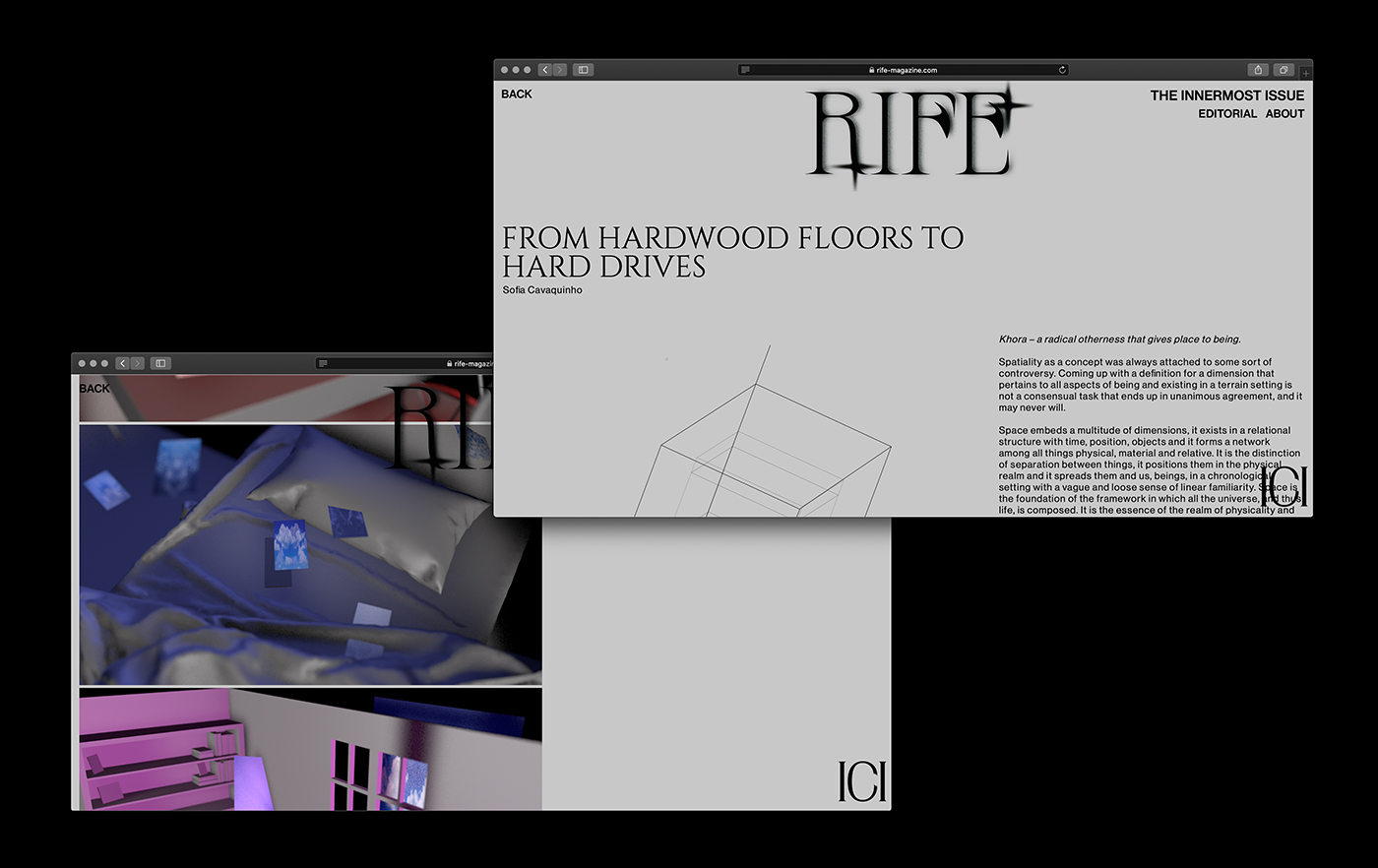
After many discussions about forming a small studio over the past year, they took the opportunity given by the pandemic to immerse themselves in self-initiated projects and created the collective. “We think that when the virus began to spread and the pandemic was announced we probably felt that same way a lot of creatives did during this period, that this forced pause was terrifying but at the same time an opportunity to engage in things that you wouldn’t have time to otherwise. When are we gonna have all this free time again?”, the designers tell us, “So during this suspension of ‘normal life’ we instantly clicked with the idea of creating a collective, to work on something that could be productive not only in terms of output but also to try and regain some motivation during the lockdowns, faced with this huge change that the pandemic was about to impose.” The name of the collective – the latin word for opening, gap or chasm – was also inspired by the current situation. With many projects being cancelled or postponed, the pause on the usually accelerated rhythm of work fired the starting pistole for forming the collective. “This break in continuity in a sequence or activity represents the temporal space in which we created this project in an attempt to counter the silence of being put dormant, rendering the collective a productive force in idle times.”
“The message we want to spread with this project is probably that design can and should go beyond its own discipline. We want to show that there is room for design to experiment outside the common areas of commerce and culture.”
The dynamic of the collective has worked out quite organically. By setting clear roles for every member, they were able to stick to their tight timeline. “We naturally take on things either because it is easier for one person than another, or because one of us wants to challenge themselves by taking on an activity and sometimes distribute work between whoever’s more free to execute a task”, the team explains, “ It was very important to us in this project for it to be fast-paced, in order to respond to the rate of change in which the pandemic unfolded, because we wanted it to work on the basis of reaction. We wanted it to always be connected to the ‘now’, which for a project based online, requires extensive production to keep it alive and instigating. However, now, while some parts of the world slowly move back into a semi-normal, the idea is to address this new reality.”
At the beginning of each issue, they usually start by rounding up potential themes creating space for different perspectives and opinions. “From that point we begin to build a concept around it by collectively writing down an editorial brief, going through the decision of the issue’s title, gathering interesting references and creating its imagery”, the five designers explain, “This process usually takes a week (and plenty of hours on skype, because we can’t help the banter and also we need to stay sane).” In terms of their individual outputs, they always put a lot of effort into their research searching for references in and outside of the design world, integrating cinema, music, literature, popular culture and philosophy.

Despite their differences in their creative approach, the collaboration between the five of them turned out very fruitful and “refreshing”, showing that sometimes the frictions and compromises can push your project forward. “As designers, we spend a lot of time working by ourselves and within our own methods, so collaborating has really been productive in the sense of seeing that your way of doing something is maybe not the best way to begin with. It’s a learning process”, the designers reflect, “Collaborations are important because of the dynamics that they create. There’s a lot of learning in an interesting way—we always pick up new things from each other, sharing techniques and knowledge—and as a byproduct ideas flow quicker. I mean 5 heads working together certainly isn’t the same as one alone. Oddly enough we haven’t all worked together during our 4 years in university, but the dynamic is one of the things we’re most grateful for in this collaboration.”
With the forth issue already on its way, the collective hopes to continue this project after the crisis. “We’ve had such positive feedback so far and have been enjoying working together. It’s quite complicated to have any sort of certainty for the time being, but we want to keep working together on Rife Magazine while we think it makes sense and is relevant for the time we find ourselves in, both in terms of approach and themes”, the five of them explain, “And hopefully other projects will also come, but again. It’s hard to tell what life’s going to look like next week, let alone in months.”
As the world slowly moves towards some new version of normality, the collective aims at approaching more general themes which are not as closely tied to the confinement and the pandemic. “More content, more criticality, more playfulness, and hopefully more creatives contributing to the project. You know where to find us *wink wink*.”
COLLABORATIONS TO LOOK AT:
Barcelona Design Market by the studio Naranjo-Etxeberria
Corona Stories by Lara Alonso and Víctor Clemente
Attention Deficit Disorder Prosthetic Memory Program by Ill-Studio and fashion retailer Slam Jam



